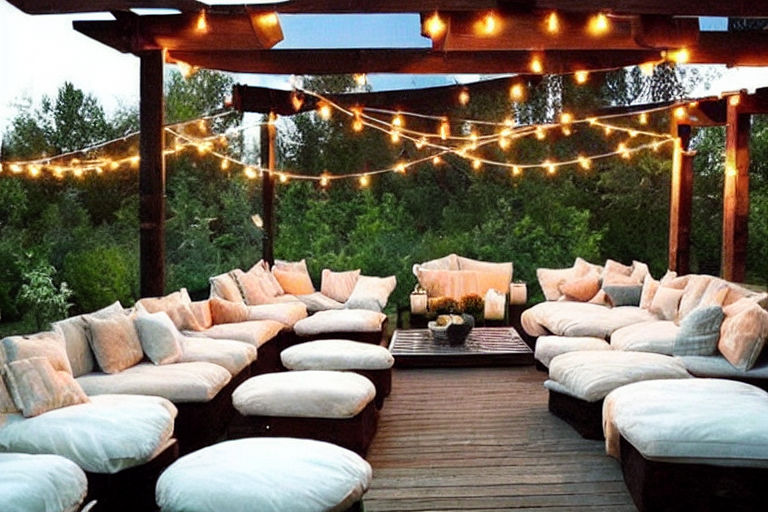The Evolution of Romantic Comedies Throughout the Decades
Romantic comedies have been a staple of Hollywood for decades. These films center around a romantic relationship between two people and often feature comedic elements that highlight the ups and downs of falling in love. While the basic premise of a romantic comedy has remained the same over the years, the films themselves have evolved to reflect changing societal attitudes and cultural shifts. Here is a brief overview of the evolution of romantic comedies throughout the decades.
1930s-1940s: The Golden Age of Hollywood
The 1930s and 1940s are considered the Golden Age of Hollywood, and that includes romantic comedies. During this time, films tended to be light and breezy, with the emphasis on entertainment rather than substance. Stars like Cary Grant, Katharine Hepburn, and Clark Gable dominated the screen, and filmmakers relied on clever dialogue and screwball situations to keep audiences engaged. Classic romantic comedies from this era include "It Happened One Night," "The Philadelphia Story," and "Bringing Up Baby."
1950s-1960s: The Rise of the Teen Film
In the 1950s and 1960s, the romantic comedy genre took a back seat to the rising popularity of teen films. However, there were several gems that emerged from this era. Films like "Roman Holiday" and "Breakfast at Tiffany's" featured strong female protagonists who were more than just love interests. The films were also shot on location, giving audiences a glimpse of far-off places and different cultures.
1970s-1980s: The Emergence of the Feminist Rom-Com
As the feminist movement gained momentum in the 1970s and 1980s, romantic comedies began to reflect changing attitudes towards gender roles and relationships. Films like "Annie Hall" and "When Harry Met Sally" featured female characters who were witty, assertive, and independent. The films also tackled more serious issues such as commitment phobia and infidelity.
1990s-2000s: The Age of the Blockbuster Rom-Com
In the 1990s and 2000s, romantic comedies became big-budget affairs. Stars like Julia Roberts and Sandra Bullock commanded huge salaries, and the films themselves were often heavily marketed as summer blockbusters. While these films tended to be more formulaic than their predecessors, they still attracted large audiences due to their star power and feel-good endings. Examples of blockbuster romantic comedies from this era include "Pretty Woman," "Notting Hill," and "The Wedding Planner."
2010s-Present: The Romantic Comedy Renaissance
In recent years, romantic comedies have undergone a renaissance. Films like "Crazy Rich Asians," "To All the Boys I've Loved Before," and "The Big Sick" have breathed new life into the genre by featuring diverse casts and stories that celebrate different cultures and perspectives. These films have proven to be both critical and commercial successes, signaling a new era of romantic comedies that reflects the changing times we live in.
Conclusion
From the screwball comedies of the 1930s to the diverse rom-coms of today, romantic comedies have undergone significant changes throughout the decades. While the genre may have its critics, there's no denying its enduring popularity and its ability to provide audiences with a feel-good escape from reality. As the world continues to change, it will be interesting to see how romantic comedies evolve to reflect the times.



